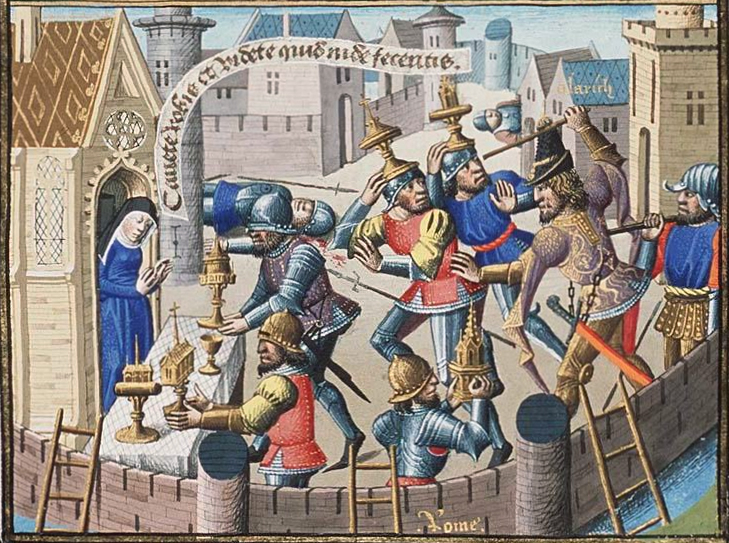
Forgotten crimes and the sack of Rome
The sack of Rome in 410 AD hastened the emergence of a new post-Roman world and eventually, over the course of fifteen centuries, the birth of the country we now call Italy. The tale that has come through to our time of that sacking is one of uncivilised pagan German tribes – outsiders – tragically tearing down the centre of western civilization. This caricature is inaccurate in many ways. As is often the case, the real story is more complicated. In echoes of our own time, it is a tale of political intrigues and racial divisions.
The Roman world at the end of the fourth century was a different place to the more familiar world of Julius Caesar and the first emperors. It had some of the characteristics we expect of the Roman world. Yet it was a Christian world and a world divided between two peoples: Romans and Germans. (Though we should note that both “Roman” and “German” was a tag applied to more complex multiethnic populations).
The Roman world was divided in another way: between two versions of Christianity. The Germans were not, as might be imagined, pagans. Many of them had become Christian before they entered the Roman Empire. They were taught Christianity by the followers of Arius – a Christian belief declared heretical at the Council of Nicaea in 325AD. However things became more complicated when ten years later the Emperor Constantine reversed his position, restored Arius and expelled his great opponent, the Deacon and later Bishop, Athanasius. What we call today”orthodox” became for some decades “unorthodox”. In fact, on his death bed, the Emperor Constantine was baptised by a follower of Arius. The versions of Christianity the world has inherited depended very much on the winds of fortune in the competing factions of the imperial court. By 400 AD “orthodoxy” was back in vogue, but not for the Germans.
Nor were the Germans ravening hordes on the edges of the empire. They were in fact very much part of the Roman world. They were often within Rome’s boundaries as allies and many of them gave their lives in service to the Roman state in the incessant wars of the Roman reality. Many “Roman” leaders of Germanic origin emerged in this process.
There were other divisions in this world. The Roman world was itself divided between east and west; an arrangement that helped the administration of a vast dominion, but which also was a formula for conflict.
The last emperor of both east and west was Theodosius, and in 395 AD he died. As was typical of the Roman political system, it was a signal for vicious internal conflict to determine who would next rule the empire. Stilicho (a prominent general of both Vandal and Roman descent) was best placed to rise to greater power on Theodosius’ death, and Stilicho emerged (or claimed to emerge) as the guardian of Theodosius children (Honorius and Arcadius). Later he was to marry his daughters to Honorius, who became the western Roman Emperor. Conflict quickly emerged between east and west Romans over eastern soldiers who Stilicho sought to claim as his own. In this conflict, Alaric (the Goth leader who was later to sack Rome) was enlisted as a general on the side of the eastern Romans, and Stilicho seems to have come off the loser.
Stilicho’s loss of eastern soldiers generated a need to recruit some more soldiers and he did so on the Rhine, recruiting an army among the German tribesman. This army he used in the next year to conduct raids in Greece.
Rome was facing another cancer that was increasingly eating at its heart: what we would today call racism. As Germans became part of the Roman world, it engendered resentment from those who saw them as foreigners and outsiders. An example is a political speech given in Constantinople in 398 AD by Synesius:
“The army must be purified by the emperor, as is a heap of wheat from which we seprate the course grain … ruinous to the noble and legitimate seed … have you not considered to what sort of men and to what sort of race those belong of whom I am speaking to you who are their king …”
Thomas S. Burns, Barbarians within the Gates of Rome, p 162
The words were not simply about dislike of the “foreign” German element. It was also, as typical of political figures using race in our own time, about levering Synesius into a more powerful position against his political rivals who relied on the German military forces.
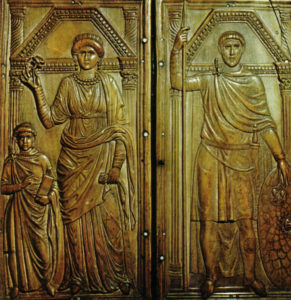
By the year 400 Alaric had fallen out of favour with his eastern overlords and, embittered had allowed his followers to declare him a Gothic king. Nonetheless Alaric was to continue to seek restoration to the rank of Roman general, a position that came with influence and resources. In 402 he met Stilicho and his forces in battle with the result of a draw between the two leaders. They came to an accommodation and Alaric became an ally of Stilicho, still seeking a generalship that Stilicho withheld from him
In 408, these complex struggles over power were overtaken by a palace coup carried out by the palace official Olympius or “crafty Olympius” as Gibbons, the author of the Decline and Fall of the Roman Empire, calls him. Olympius poisoned Honorius’ mind against Stilicho.
Stilicho was executed. And, as was common with Roman coups, everyone associated with Stilicho also had to go. His allies and family members were slaughtered. Honorius’ second wife (Thermantia a daughter of Stilicho) was expelled and returned to her mother, although she was not killed. Among those marked out as enemies were large number of Goth auxiliaries. Their families were at the time of these events billetted in towns across Italy. Olympius ordered the slaughter of these women and children and the confiscation of their property. It was an act that converted allies who had fought for Rome into bitter enemies. The Goths fled and joined Alaric, creating an army that had good reason to desire revenge, and which no other Roman force could defeat.
The stage was set for the sack of Rome.
Alaric still sought a Roman generalship. Three times he approached Rome, demanding the recognition that had become traditional. Sometimes he was successful in extorting money. His demand for official recognition was always denied. On his third visit, Rome was sacked, and the world changed.
Germans became a permanent part of the Italian peninsula, often controlling large parts of it. Over the course of time divisions of race and religion gradually faded and the peoples we have referred to as “Germans” and “Romans” fused into one; although it would be some centuries before history records the last battle between “German” and “Roman”.
Sources
Thomas S. Burns, Barbarians within the Gates of Rome, A Study of Roman MIlitary Policy and the Barbarians, Ca. 375-425 AD. Indiana University Press, 1994
Herwig Wolfram, The Roman Empire and its Germanic Peoples, translated by Thomas Dunlap. University of California Press, 1990
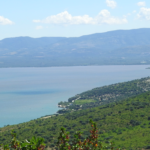
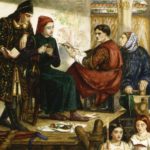
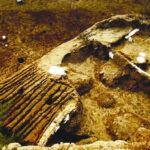
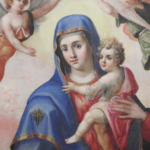

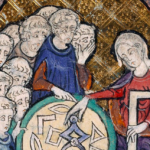
2 Comments
Michael Curtotti
Hi Mark, It’s only since the Renaissance that Europeans paid attention to what the ancient Romans actually dressed like, before that illustrations would just use whatever dress was in fashion.
M Munro
Why are the people wearing medievel attire if it happened in 410ad?